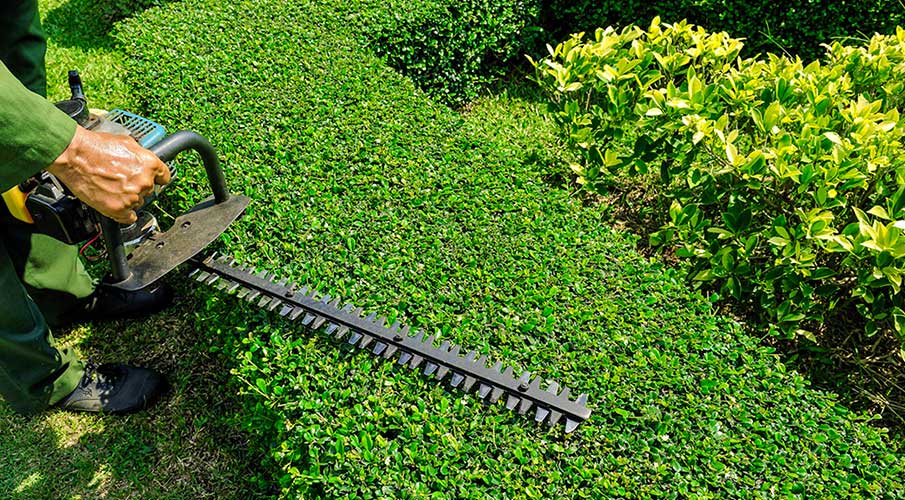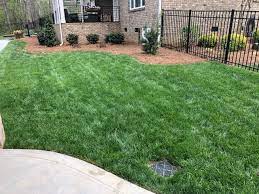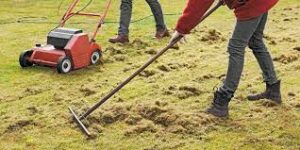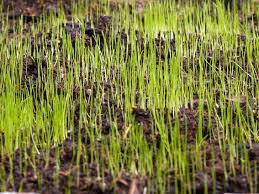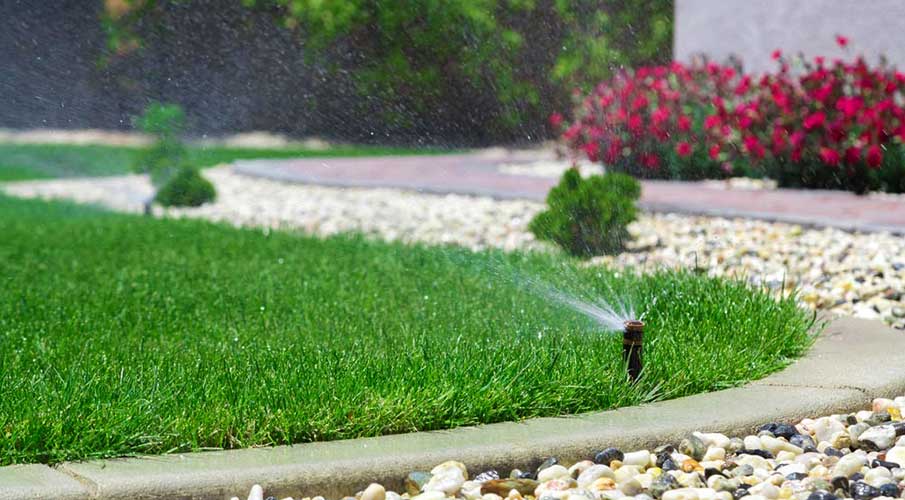This article describes common grassy lawn weeds with example pictures and will tell you the best method of control for each. Always read the label for directions on proper use before using any weed control products. For information on products containing the herbicides mentioned in this article, read our other lawn care article by clicking here.
Type of Lawn Weeds You’ll Find
There are two primary types of lawn weeds you find, grassy weeds and broadleaf weeds. Broadleaf weeds will have, well, broad leaves. Many broadleafs will have colored flowers as well. We’ll go over some of the most common grassy lawn weeds here. Read our other article for information on common broadleaf weeds.
Grassy Lawn Weeds
As the name implies grassy weeds look like grass, but they’ll differ from your turf in color, height, and form making them unsightly in a stand of turf. The types of herbicides you’ll use vary with grassy weeds, so identifying them correctly is important. Here are the most common grassy weeds and how to control them.
Crabgrass
Life Cycle
Crabgrass is an annual lawn weed that germinates in the spring. It grows throughout summer, producing seeds in the later parts of the season, then dies at the first frost.
Identification
Crabgrass has a rolled stem with coarse-textured leaves. The green leaves are tinted purple toward the base. Most varieties in the Midwest have silky hair covering the leaves, but others are smooth. It spreads out along the ground as it grows. Once in its reproductive phase, finger-like seed stalks arise from the base.
Methods of Control
The most effective control of crabgrass is prevention. Use a preemergent product containing prodiamine in the early spring before crabgrass germinates. Make sure to read the directions and use the correct amount to last through the season. If you’ve got crabgrass in your lawn already, quinclorac works well before the crabgrass matures in late Summer. Hand-pulling crabgrass can be effective as long as you remove the root, and are willing to work.
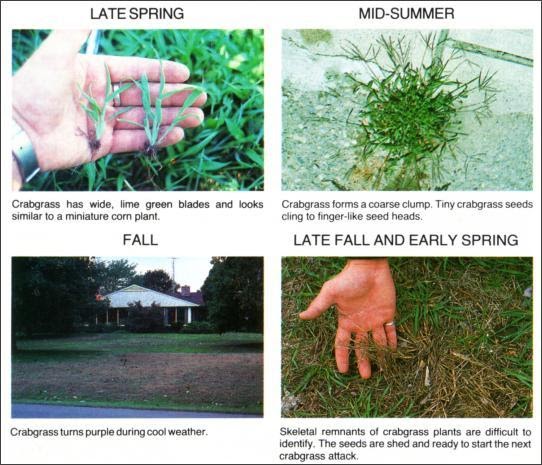
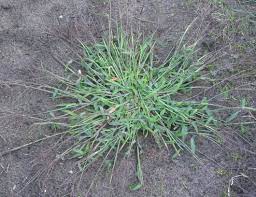
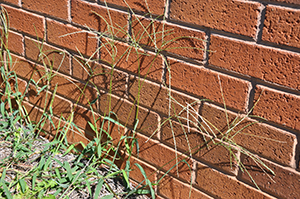
Nutsedge
Life Cycle
Nutsedge is a perennial weed that spreads mainly through tubers underground. It’s starts growing in late spring until it produces seeds in late Summer. The above-ground growth dies back after the first frost, but tubers remain dormant in the ground for next years growth.
Identification
Yellow nutsedge is the most common type in the Midwest and is a lighter green that stands out against fescue. As a warm season plant, it grows much faster than fescue in the summer and will be taller several days after mowing. Nutsedge has a triangular stem that you can feel by rolling it between your fingers. This sparked the phrase, “sedges have edges.”
Methods of Control
It’s difficult to control nutsedge in lawns without herbicide. Since it grows underneath the ground through tubers, if a part of the plant is left when pulling it, it will grow back. Sulfentrazone is a good choice for chemical control of nutsedge.
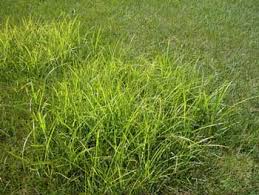
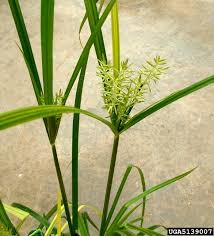
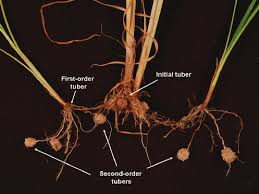
Johnsongrass
Life Cycle
Johnsongrass is a perennial lawn weed that starts growing in the spring. It spreads through seeds and tubers underground. It produces seed in mid-summer and the above-ground growth dies at the first frost.
Identification
Johnsongrass seedlings look similar to corn plants. It will stick out from cool-season turf grasses as it grows faster in the hot months and has a broader, hairless leaf with smooth edges. However, you will find hairs inside the collar where the leaf connects to the stem.
Methods of Control
You can prevent johnsongrass seed from germinating with a prodiamine preemergent, but if there are tubers in your soil already, these will still grow. The tubers have to be dealt with once the plant shows above ground. Hand-pulling them can leave pieces in the soil that will continue to grow. Fusilade 2 is a selective herbicide that kills johnsongrass in turfgrass.
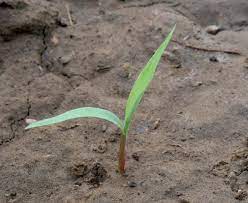
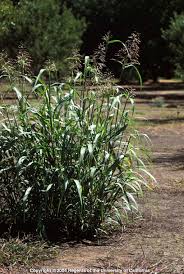
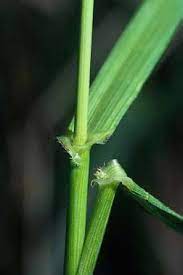
GooseGrass
Life Cycle
Goosegrass is an annual weed that germinates in late Spring, produces seed in late Summer, and dies at the first frost.
Identification
Goosegrass grows in clumps, spreading out parralell to the ground. It is colored with at its base.
Methods of Control
Goosegrass can be pulled. As long as you remove the root, it will not grow back. Prodiamine preemergents will prevent its germination in the spring and Fusilade 2 will control the plant after it’s started to grow.
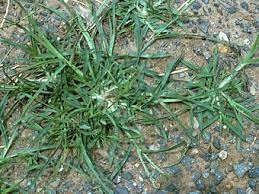
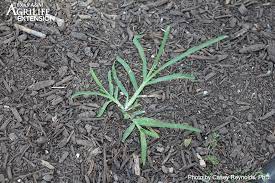
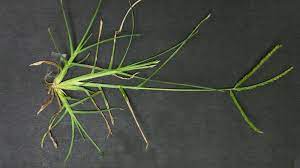
Common Grassy Lawn Weeds Conclusion
Now you know the most common grassy weeds and how to control them. For information on broadleaf weeds click here, or to learn about products with the herbicides we mentioned click here.
Looking for a company to kill those pesky grassy lawn weeds? Midwest Turf Pros can help! Get a quote by clicking here.
